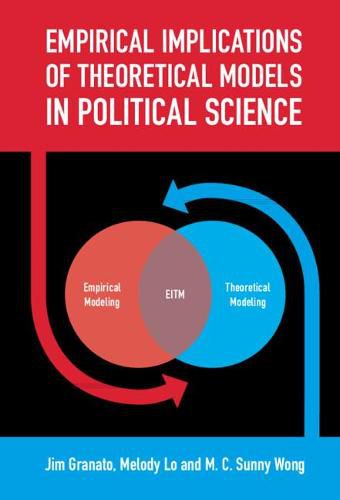Readings Newsletter
Become a Readings Member to make your shopping experience even easier.
Sign in or sign up for free!
You’re not far away from qualifying for FREE standard shipping within Australia
You’ve qualified for FREE standard shipping within Australia
The cart is loading…






Tension has long existed in the social sciences between quantitative and qualitative approaches on one hand, and theory-minded and empirical techniques on the other. The latter divide has grown sharper in the wake of new behavioural and experimental perspectives which draw on both sides of these modelling schemes. This book works to address this disconnect by establishing a framework for methodological unification: empirical implications of theoretical models (EITM). This framework connects behavioural and applied statistical concepts, develops analogues of these concepts, and links and evaluates these analogues. The authors offer detailed explanations of how these concepts may be framed, to assist researchers interested in incorporating EITM into their own research. They go on to demonstrate how EITM may be put into practice for a range of disciplines within the social sciences, including voting, party identification, social interaction, learning, conflict and cooperation to macro-policy formulation.
$9.00 standard shipping within Australia
FREE standard shipping within Australia for orders over $100.00
Express & International shipping calculated at checkout
Tension has long existed in the social sciences between quantitative and qualitative approaches on one hand, and theory-minded and empirical techniques on the other. The latter divide has grown sharper in the wake of new behavioural and experimental perspectives which draw on both sides of these modelling schemes. This book works to address this disconnect by establishing a framework for methodological unification: empirical implications of theoretical models (EITM). This framework connects behavioural and applied statistical concepts, develops analogues of these concepts, and links and evaluates these analogues. The authors offer detailed explanations of how these concepts may be framed, to assist researchers interested in incorporating EITM into their own research. They go on to demonstrate how EITM may be put into practice for a range of disciplines within the social sciences, including voting, party identification, social interaction, learning, conflict and cooperation to macro-policy formulation.